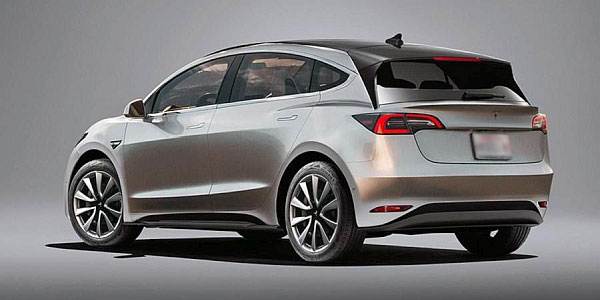Volkswagen’s modular electric drive architecture, or MEB for short, was first revealed in September of 2018. It will be used by all Volkswagen Group brands, but the company is also in discussions to supply MEB to rival automakers.
Since then, a number of new MEB-based electric vehicles have been launched, including the Audi Q4 e-tron and Q4 Sportback e-tron, as well as the ID.3 hatchback, ID.4, the soon-to-be-unveiled ID.5 SUV Coupe, and ID.Buzz. Since so many new EVs have been released in such a short period of time, they all have similar underpinnings, such as the number of electric motors and their output, as well as fixed battery sizes.

Since the ID.3’s debut, Volkswagen has made it clear that consumers can choose between three battery sizes: the base 45 kWh pack, which provides up to 352 km of range (WLTP cycle), the 58 kWh pack, which provides up to 426 km of range, and the range-topping 77 kWh pack, which provides up to 549 km of range. However, since the battery system is designed to scale, the kilowatt-hour ratings can differ depending on the vehicle model.
The battery system is made up of aluminium profiles, with each compartment containing a battery module with 24 cells and a flexible outer shell.The 45 kWh battery, for example, has seven modules, the 52 kWh battery has eight, and the 58 kWh battery has nine. In each case, these are divided into ten compartments.
The largest 77 kWh battery has 12 modules and fills all 12 compartments. It has a length of 182 cm, while the shortest battery has a length of 142 cm. Both models have the same 145 cm width profile and 14 cm height, which makes vehicle design easier since these measurements are more or less fixed.
Since these battery packs weigh between 320 and 500 kilogrammes, they are often installed skateboard-style, which means they take up the majority of the space between the two drive axles for optimal weight distribution. They’ll all be bolted to the body for extra rigidity and placed at the car’s lowest point (a lower centre of gravity means greater stability and driving dynamics).
A sturdy frame protects the battery compartment from damage in the event of a collision, and an aluminium cover seals it off. Under the battery cell compartment, there is also a cooling plate and another aluminium sheath.
What if you’re involved in a car accident? There is, however, another fail-safe feature that ensures the battery does not catch fire. The communication box (with fuses) and the main control unit are located at the back of the battery system. In the event of a major accident, they would immediately de-energies the engine. The battery management controller has additional sensors for monitoring cell voltage and temperature.
Chinese Electric Cars in Pakistan
Standard features include AC (Type 2 interface) and DC fast-charging (CCS connection). The maximum charging rate for a home wallbox is 11 kW, while the charge rate for DC charging is determined by the size of the battery pack. The 45 kWh battery pack, for example, can be charged at up to 50 kW; the 58 kWh battery pack can be charged at up to 100 kW; and the largest 77 kWh battery pack can be charged at up to 125 kWh. A 30-minute charge provides 320 km of range when fully charged (WLTP).
The battery systems are manufactured at the Volkswagen Group Components plant in Braunschweig, which is also where they were produced. The plant has the capacity to manufacture 500,000 MEB batteries each year, covering an area of nine football fields. Foshan and Anting (China) are two other factories that make battery systems, but new factories in Chattanooga (USA) and Mlada Boleslav (Czech Republic) will complete the chain.
VW’s European supplier produces the battery cells using renewable energy because the business strives to be carbon-neutral. Volkswagen, like many other leading electric vehicle manufacturers, is working with QuantunScape to produce solid-state batteries. In addition, plans are in the works for Volkswagen to begin producing its own battery cells in Salzgitter.
Many people dismiss the advantages of electric cars because the batteries are considered non-recyclable. That isn’t the case. In reality, Volkswagen claims that the battery can be repurposed as energy storage units for quick-charging stations under second-life schemes.
Used batteries, on the other hand, can be recycled and used as a source of raw materials. At the Volkswagen Group Components site in Salzgitter, a pilot plant for the recovery of valuable battery components has already been placed into service. Volkswagen, by the way, promises a minimum battery capacity of 70% for eight years or 160,000 kilometres.
